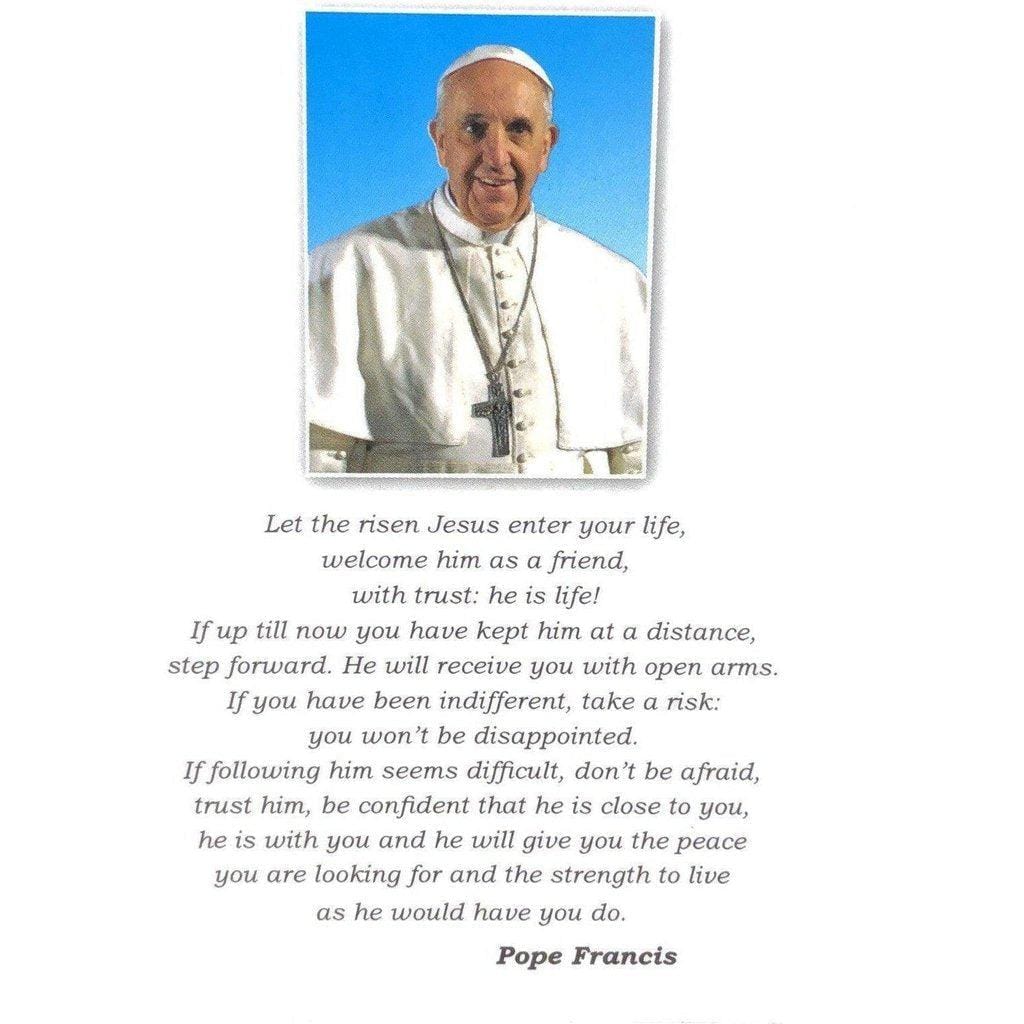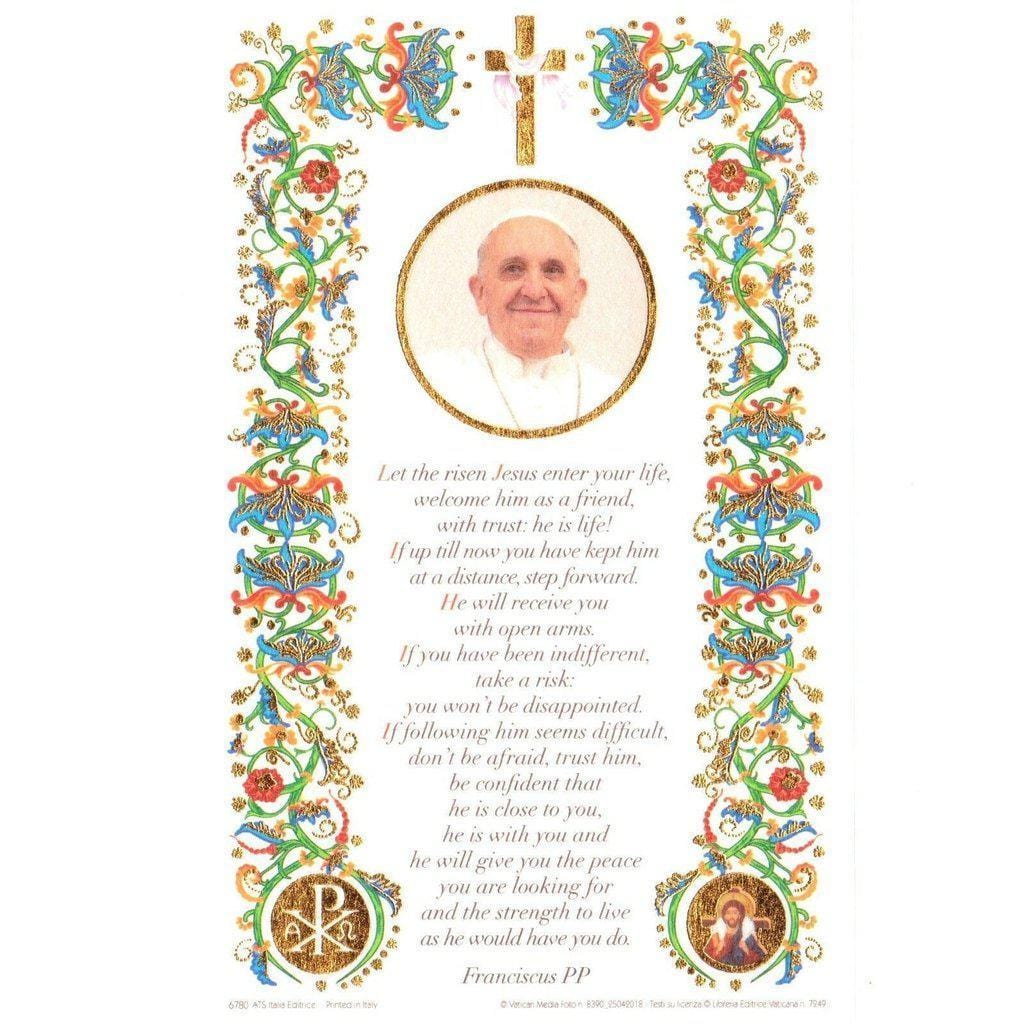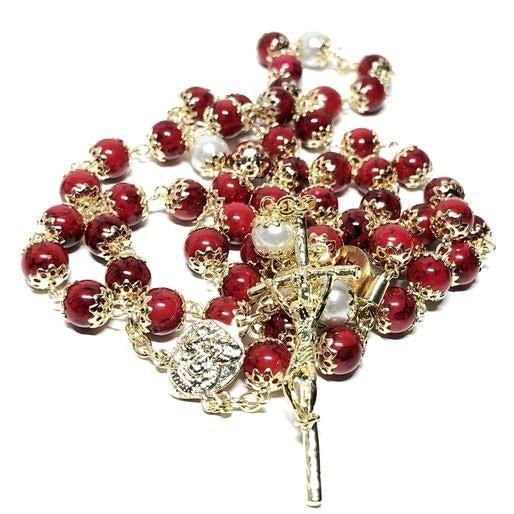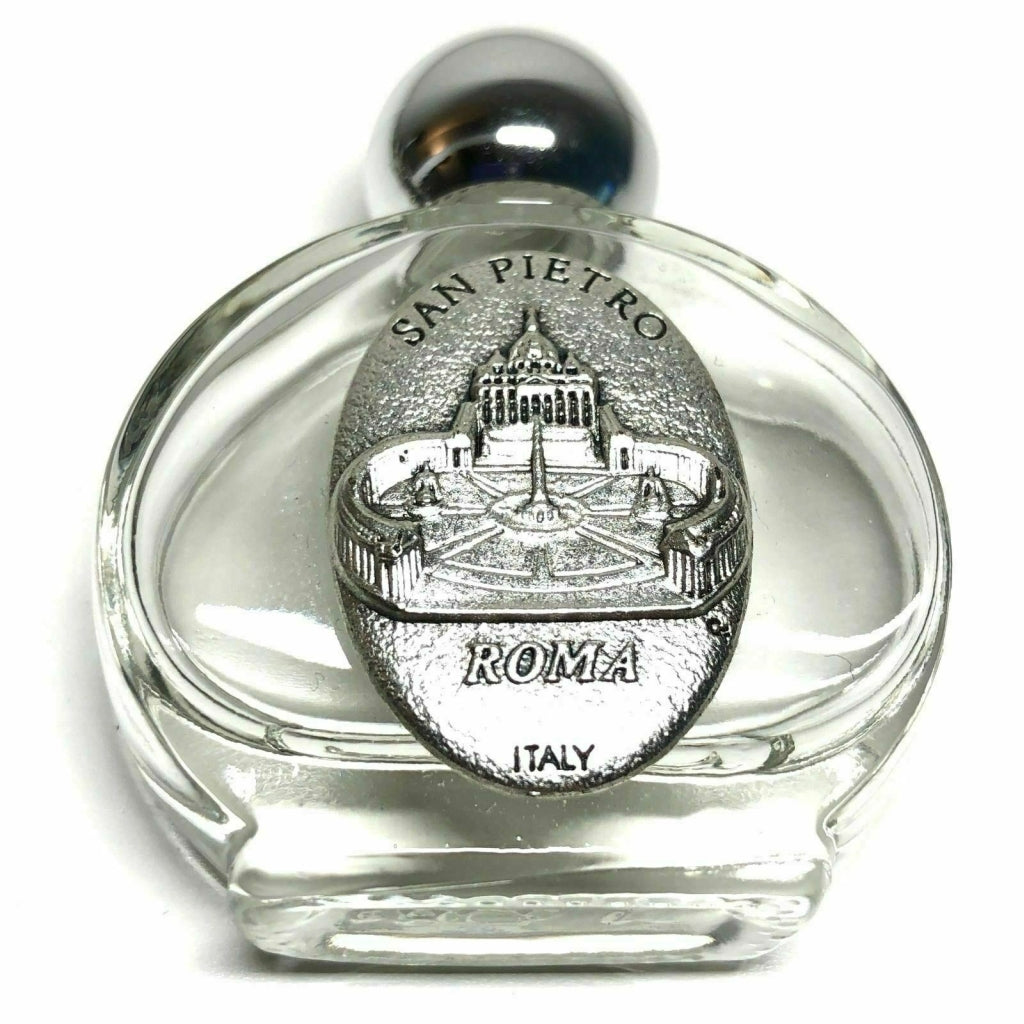In the Spiritual Tapestry of the Universe: The Archangels
In the spiritual tapestry of the universe, Archangels stand as luminous threads weaving together the divine and the earthly. Recognized by various religious traditions, these celestial beings have captured the imagination and devotion of believers for centuries. In the Catholic Church, three Archangels are particularly significant: Michael, Gabriel, and Raphael. This comprehensive exploration delves into the history, theology, cultural impact, and individual attributes of these Archangels. By understanding their roles and functions, we can gain insights into the divine plan and our connection to the spiritual realm.

Historical Overview
The concept of Archangels has ancient roots, with references found in Judaic, Christian, and Islamic traditions. The Catholic Church, however, recognizes only three Archangels mentioned in the canonical Scriptures. This section provides a historical overview, tracing the evolution of the understanding of Archangels and the Church's stance on their veneration.
The Judaic Tradition
In the Judaic tradition, seven archangels were often mentioned, including Uriel, Raphael, Raguel, Michael, Sariel, Phanuel, and Gabriel. This system of seven was considered an ancient tradition, reflecting a complex spiritual hierarchy.
The Catholic Perspective
The Catholic Church, in contrast, has been cautious in its approach to Archangels. It has emphasized the importance of aligning individual traditions with the Holy Canonical Scripture, the only true revelation. During the Middle Ages, the Church established that only Michael, Gabriel, and Raphael were to be venerated, dismissing other interpretations as arbitrary. In 1992, a decree further clarified the Church's position, forbidding teachings and practices about angels and archangels outside of what is reflected in the Holy Scriptures.
Archangel Michael: Protector and Warrior
Archangel Michael, whose name signifies "He who is like God," is a figure of strength, valor, and protection in many religious traditions, notably in Christianity, Judaism, and Islam. As the leader of God's army, Michael is often depicted in art and scripture as a warrior, clad in heavenly armor, wielding a flaming sword against the forces of evil, represented by a dragon or Satan. This imagery not only symbolizes the eternal battle between good and evil but also underscores Michael's role as a protector of the faithful and a champion of justice.
Throughout history, Michael has been called upon for protection against darkness and guidance for the righteous path. His invocation in prayers, literature, and popular culture highlights his significance as a divine intermediary, offering courage and solace to those in distress. His feast day, September 29, is a testament to his enduring legacy, celebrated with fervor across the globe. In contemporary times, Michael's image permeates various media, from stained glass windows and sculpture to film and literature, each portrayal echoing his indomitable spirit and unwavering commitment to upholding divine order.
In addition to his martial aspects, Michael is often associated with scales, weighing the souls of the departed, a motif that emphasizes his role in divine judgment. This aspect of Michael's duty is particularly highlighted in the Christian tradition, where he serves as a psychopomp, guiding souls to their final judgment and ensuring the balance of justice in the afterlife. His veneration as a saint and protector extends to various professions and states of life, including police officers, soldiers, and the sick, further illustrating the archangel's vast influence and the universal appeal of his protective mantle.
Archangel Gabriel: Messenger of Good Tidings
Archangel Gabriel stands as the quintessential messenger of God, entrusted with delivering critical messages to mankind. Gabriel's announcements, such as the birth of John the Baptist to Zachariah and the Incarnation to the Virgin Mary, are pivotal moments in the Judeo-Christian narrative, showcasing his integral role in the divine plan. His depiction with a trumpet or a lily symbolizes his purity and the momentous nature of his messages.
Gabriel's influence stretches beyond biblical times into modern-day spiritual practices and cultural expressions. He is often invoked for inspiration, guidance, and clarity in communication, making him a patron of messengers, diplomats, and writers. His presence in art, literature, and music underscores the universal human desire for connection with the divine and the quest for understanding beyond the earthly realm.
The portrayal of Gabriel in various religious and secular contexts reflects his multifaceted role as a bringer of news, a guide for the perplexed, and a symbol of hope and revelation. Celebrations of his feast day on September 29, alongside Michael and Raphael, highlight the collective veneration for these celestial intermediaries who navigate the boundary between the divine and the human, offering insight, protection, and healing.
Archangel Raphael: The Healing Touch of God
Archangel Raphael, whose name means "God heals," embodies the divine's compassionate aspect, offering healing and guidance to those in need. His narrative in the Book of Tobit showcases his role as a healer, where he aids Tobias, restores Tobit's sight, and delivers Sarah from demonic influence. Raphael's depiction with a fish, from which he makes a healing balm, and a traveler's staff, signifies his role as a guide and healer, both physically and spiritually.
Raphael's patronage extends to travelers, the sick, the blind, and medical workers, symbolizing his broad guardianship over health and well-being. His healing powers are not limited to the physical but encompass emotional and spiritual renewal, offering solace and recovery to the afflicted. The archangel's presence is celebrated in various cultural artifacts, from Renaissance art to modern literature, where his depictions emphasize the universal themes of healing, guidance, and protective care.
The veneration of Raphael in religious practice includes prayers and devotions seeking his aid for health issues, safe travels, and the healing of relationships. His feast day, celebrated on September 29 alongside Michael and Gabriel, not only honors his individual contributions to
Comparison of the Three Archangels
The Archangels Michael, Gabriel, and Raphael, though distinct in their roles and symbolism, collectively represent various aspects of the divine plan. Michael's strength and courage, Gabriel's communication and revelation, and Raphael's healing and compassion weave together a rich tapestry of spiritual understanding.
Their influence extends beyond religious texts, shaping cultural practices, art, devotion, and daily life. By exploring their individual attributes and comparing their functions, we gain a deeper understanding of the spiritual realm and our connection to the divine.
For more insights, stories, and discussions on the myriad aspects of spirituality and how they intersect with our daily lives, we invite you to continue your exploration with us. Discover a world of faith, tradition, and inspiration by visiting our blog at Catholically.com. Join us as we delve deeper into the treasures of our faith, seeking wisdom and guidance for the modern believer.










